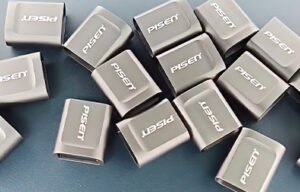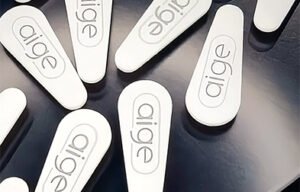Laser Welding Machine Samples & Welding Examples
BLOG
CONTACT US
Error: Contact form not found.
Application Trends and Advantages of Laser Welding Machines in 3C Electronics and Battery Tab Welding
Introduction
As demand for 3C electronics and lithium-ion batteries grows rapidly, manufacturers increasingly demand higher welding precision, production efficiency, and reliability. Welding battery tabs and thin sheets involves high-frequency and high-spec processes where traditional welding methods may show limitations. Thanks to high power density, small heat-affected zones, and ease of automation, laser welding machines are becoming a preferred solution in 3C electronics and battery manufacturing. This article explores the latest application trends, technical choices, quality and cost considerations, and how to select the right laser welding equipment for your production line.
Industry Background for 3C Electronics and Battery Tab Welding
Battery module assembly and 3C electronics assembly share features such as miniaturized components, strict electrical performance requirements, fast production cycles, and high traceability needs. Battery tab welding is particularly critical since weld joints affect electrical resistance, cycle life, and safety. Welding solutions with inline inspection and data logging are preferred in the industry.
Overview of Laser Welding Technology
Laser welding uses a high-energy laser beam to locally heat and fuse workpieces in a non-contact process. Compared with traditional arc or resistance welding, laser welding offers narrower seams, smaller heat-affected zones, higher repeatability, and easier automation. Common laser welding equipment includes fiber laser welding machines, QCW fiber welding systems, MOPA modulated lasers, and handheld laser welding machines. Laser spot welding machines are particularly effective for battery tabs and small electronic components.
Fiber Laser Welding Machines and QCW Technology
Fiber laser welding machines are widely used in industry due to excellent beam quality, energy efficiency, and stability. QCW (quasi continuous wave) technology achieves higher instantaneous energy density via short high-peak-power pulses, making it suitable for spot welding and thin-sheet welding. QCW also shows advantages in weld pool control and spatter management.
Handheld Laser Welding Machines and Spot Welding Solutions
Handheld laser welding machines provide flexibility for field repairs, small-batch production, and maintenance. Combined with CCD vision or positioning fixtures, handheld units can replace traditional torches in repair and low-volume settings. Laser spot welding machines are commonly used in battery tab welding to achieve consistent welds with low contact resistance.
111-1024x458.png)


